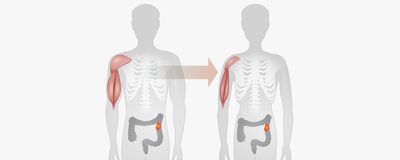cancer therapeutics
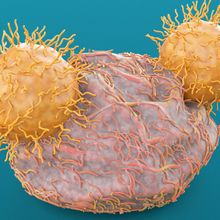
Improving the Efficiency of CAR T Cell Manufacturing
Thermo Fisher Scientific | Nov 6, 2024 | 1 min read
Explore how a closed and integrated instrument workflow takes CAR T cell manufacturing to the next level.
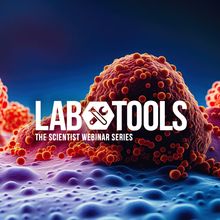
Optimers Bring Precision to Cancer Research and Therapeutics
The Scientist Staff | Apr 24, 2024 | 1 min read
In this webinar, David Bunka will discuss how scientists can use Optimer® binders in cancer research.
Unlock New Insights into Cancer Cell Metabolism
Agilent | Apr 16, 2024 | 1 min read
By understanding metabolic reprogramming in cancer, researchers can develop critical therapies.
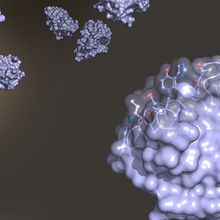
Single Domain Antibodies: Small but Mighty Therapeutics
The Scientist | Mar 22, 2024 | 1 min read
Discover the benefits of VHH antibody-based therapies.

A Quick and Efficient Strategy for Affinity Screening
NanoTemper Technologies | Dec 7, 2023 | 1 min read
Researchers assessed the binding affinities of PROTAC binary and ternary complexes with Spectral Shift technology.
Overcoming Cancer Therapy Obstacles With Epitope Editing
Rebecca Roberts, PhD | Oct 12, 2023 | 3 min read
Editing epitopes expressed on the surfaces of transplanted hematopoietic stem cells renders them resistant to AML treatments without affecting their critical functions.
Good Vibrations: Advancing Cell Therapies
The Scientist | Sep 7, 2023 | 1 min read
In this webinar, Chris Ashdown will discuss how low-intensity vibration affects T cells and how this mechanical stimulation could improve CAR T cell therapy.
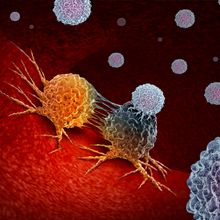
How Tumors Tire Out T Cells
Bruker Cellular Analysis | Jul 19, 2023 | 1 min read
Researchers investigated how cancer antigenicity drives unique forms of T cell exhaustion and hypofunctionality.
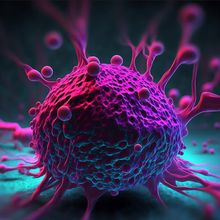
The Basics of the Tumor Microenvironment
Johanna Pruller, PhD | Jun 15, 2023 | 4 min read
Learn about the tumor microenvironment (TME), a key influencer of cancer growth, spread, and treatment success.
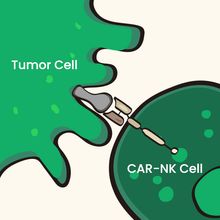
CAR Technology in Cancer Therapy: From CAR-T to CAR-NK
The Scientist and Sino Biological | May 10, 2023 | 4 min read
From early target discovery to preclinical development stages, researchers explore novel strategies for effective cell therapies in cancer treatment.
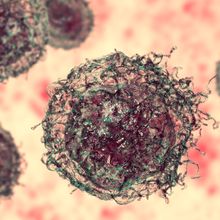
Bacterial Tractor Beams Bring Radiation to Tumors
Rachael Moeller Gorman | Apr 17, 2023 | 3 min read
Colonizing tumors with engineered bacteria may allow researchers to target sites currently inaccessible to radionuclide therapy.
A Better Way to Isolate CAR T Cells
Sony Biotechnology Inc. | Feb 10, 2023 | 1 min read
Scientists isolate rare yet desirable CAR T cell subtypes using an innovative cell sorter system within a closed manufacturing process.
Hypertranscription by Tumors Is Linked to Poorer Cancer Outcomes: Study
Sophie Fessl, PhD | Dec 13, 2022 | 3 min read
The extent to which transcription is higher in tumor cells than in surrounding nontumor cells is associated with bad prognoses in several cancer types.
Phenotypic Variation in Cancer Cells Often Not Due to Mutations
Jef Akst | Oct 26, 2022 | 3 min read
Most differences in gene expression among cells within a tumor are likely due to environment or noise, a study suggests.
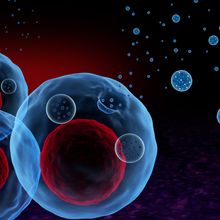
Nanoparticles Spur Mouse Immune System to Attack Cancer
Shafaq Zia | Sep 13, 2022 | 2 min read
A study finds that engineered exosomes are effective in mice, but their potential use in humans raises safety questions.
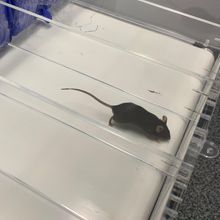
How Exercise Helps Mice Fight Pancreatic Cancer
Dan Robitzski | Jun 15, 2022 | 5 min read
A study reveals a molecular pathway linking exercise to an amped-up immune response to pancreatic cancer and greater responsiveness to treatment.
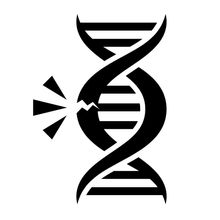
Cancer Cells Break Own DNA to Defend Against Radiation
Sophie Fessl, PhD | Apr 28, 2022 | 3 min read
Self-inflicted DNA breaks let the cells hit pause on repair of radiation-induced DNA damage, giving them time to recover, an in vitro study shows.
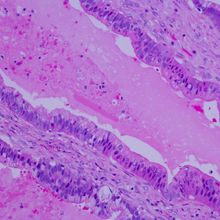
Tetanus Immunity Protects Mice Against Pancreatic Cancer
Amanda Heidt | Mar 24, 2022 | 3 min read
Because most people are vaccinated against tetanus as children, delivering benign bacteria carrying a tetanus antigen into pancreatic tumors makes them visible to memory cells in the immune system, researchers report.
Cancer Researcher Donald Pinkel Dies at Age 95
Natalia Mesa, PhD | Mar 18, 2022 | 3 min read
Unsatisfied by how treatments for childhood leukemia failed to prevent the disease’s return, Pinkel combined them all—and virtually cured the disease.
